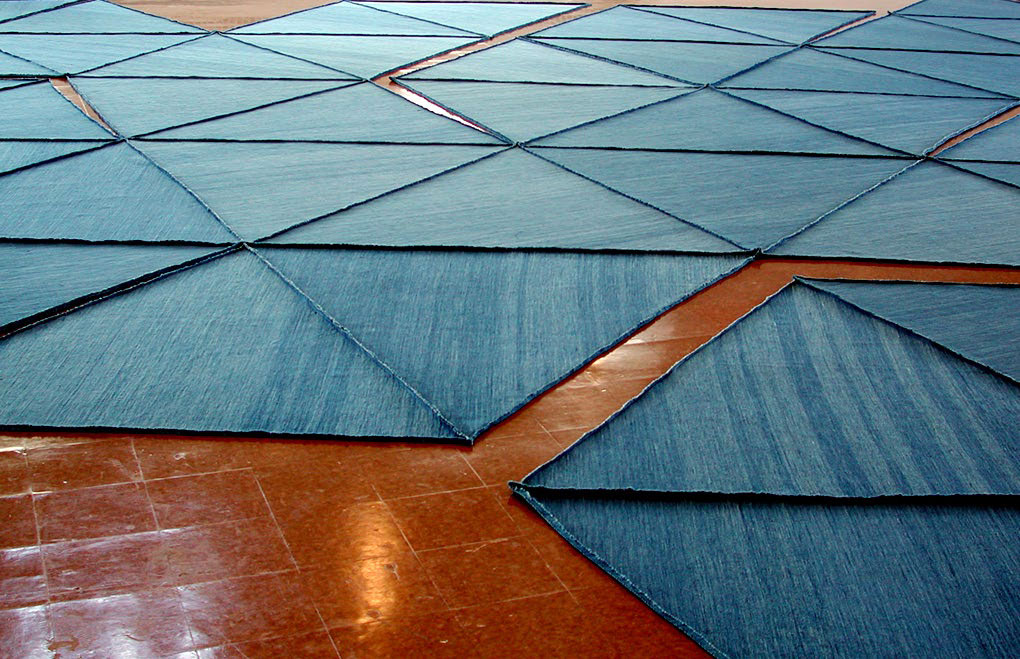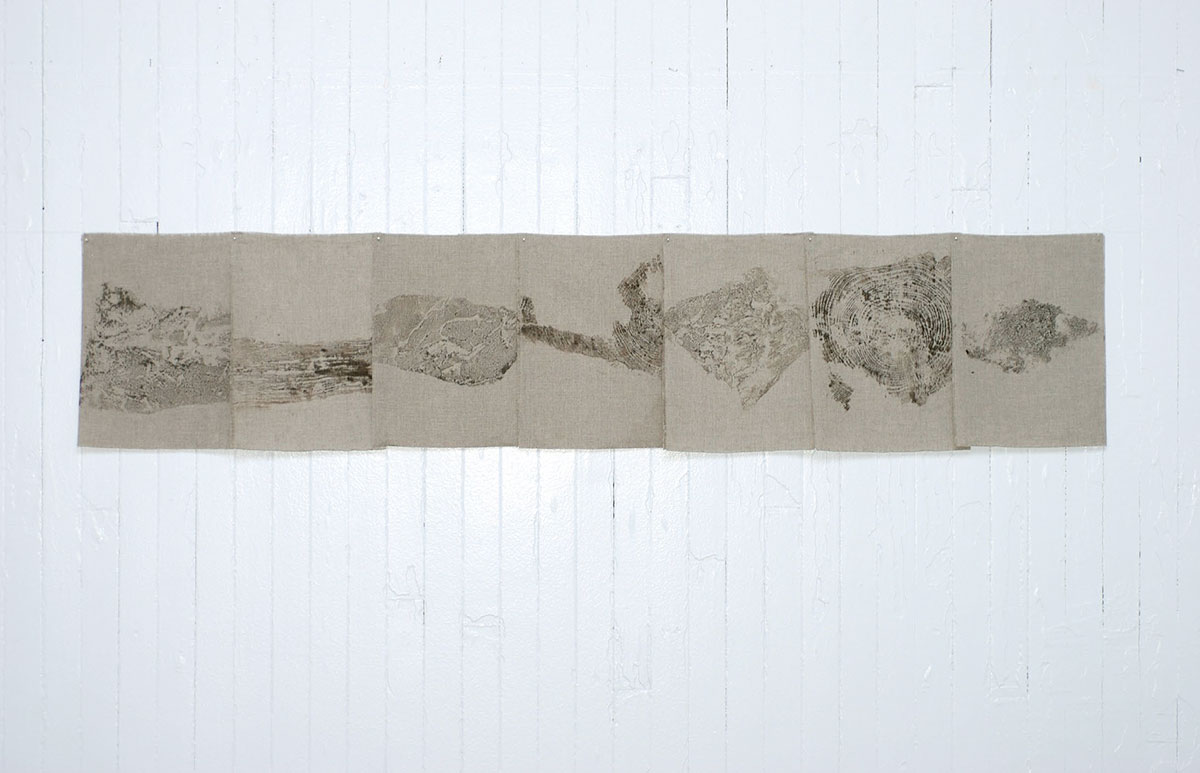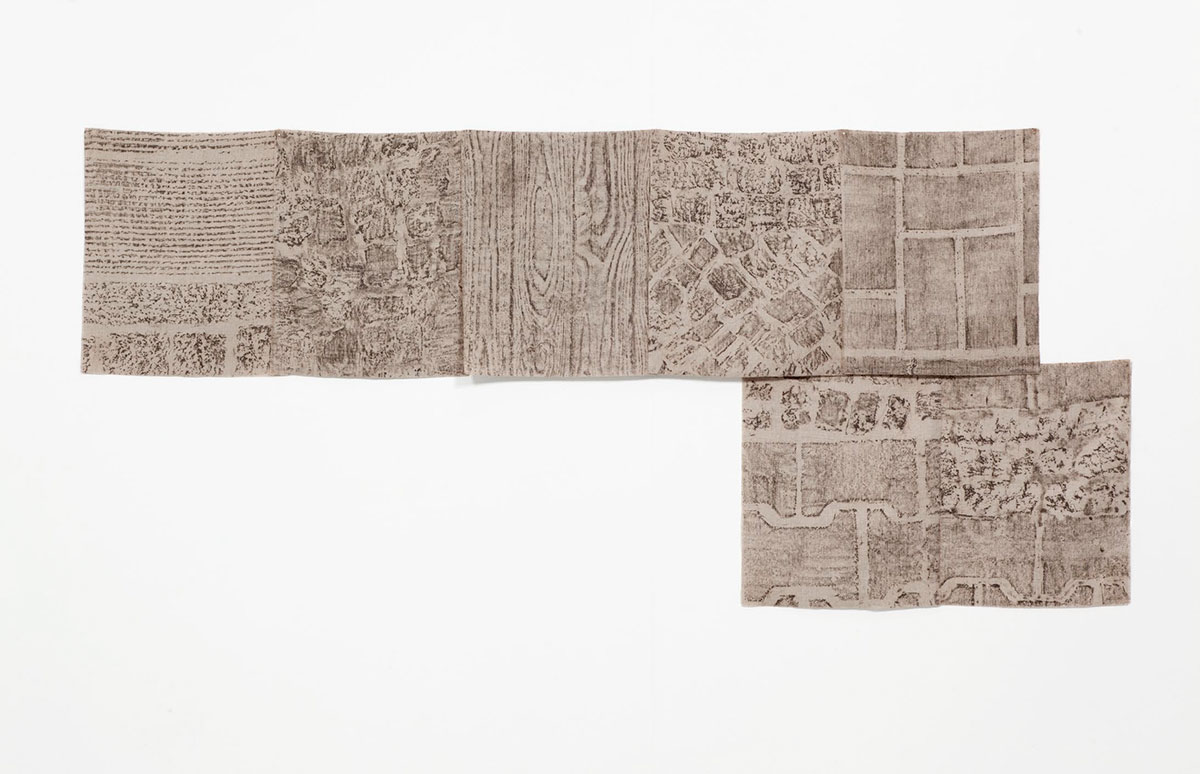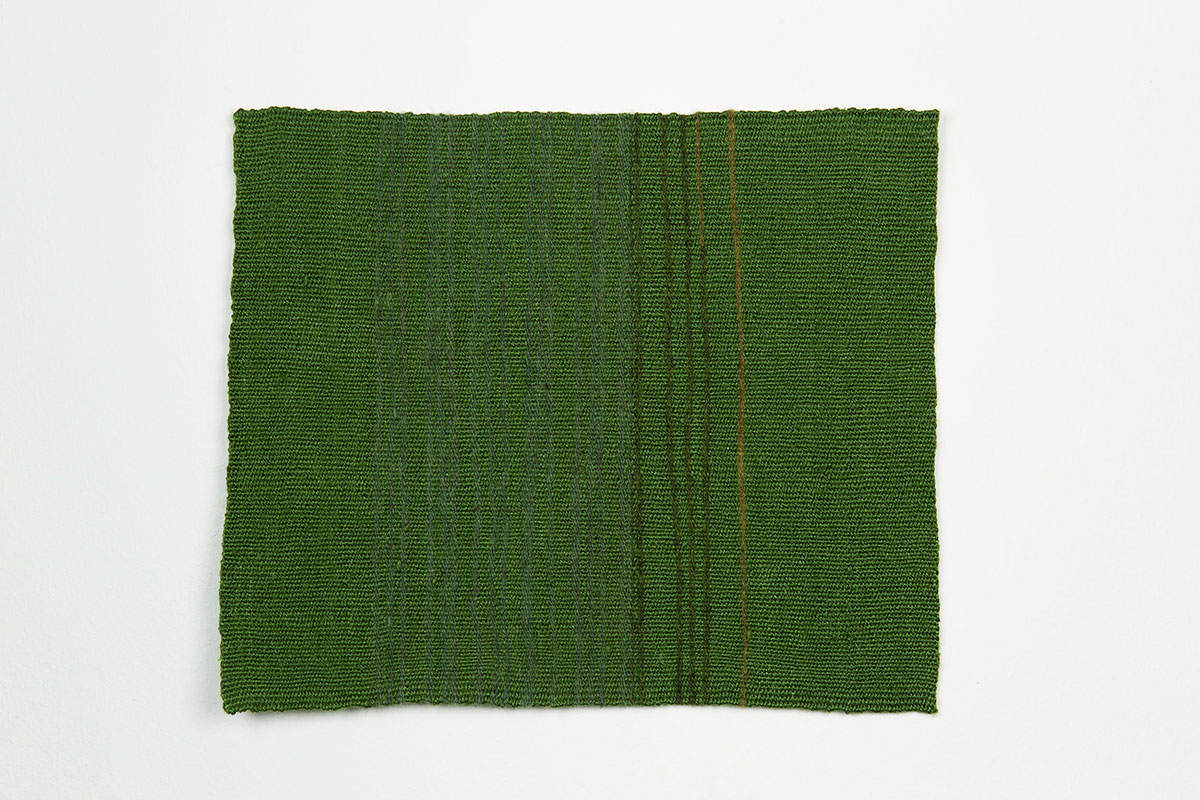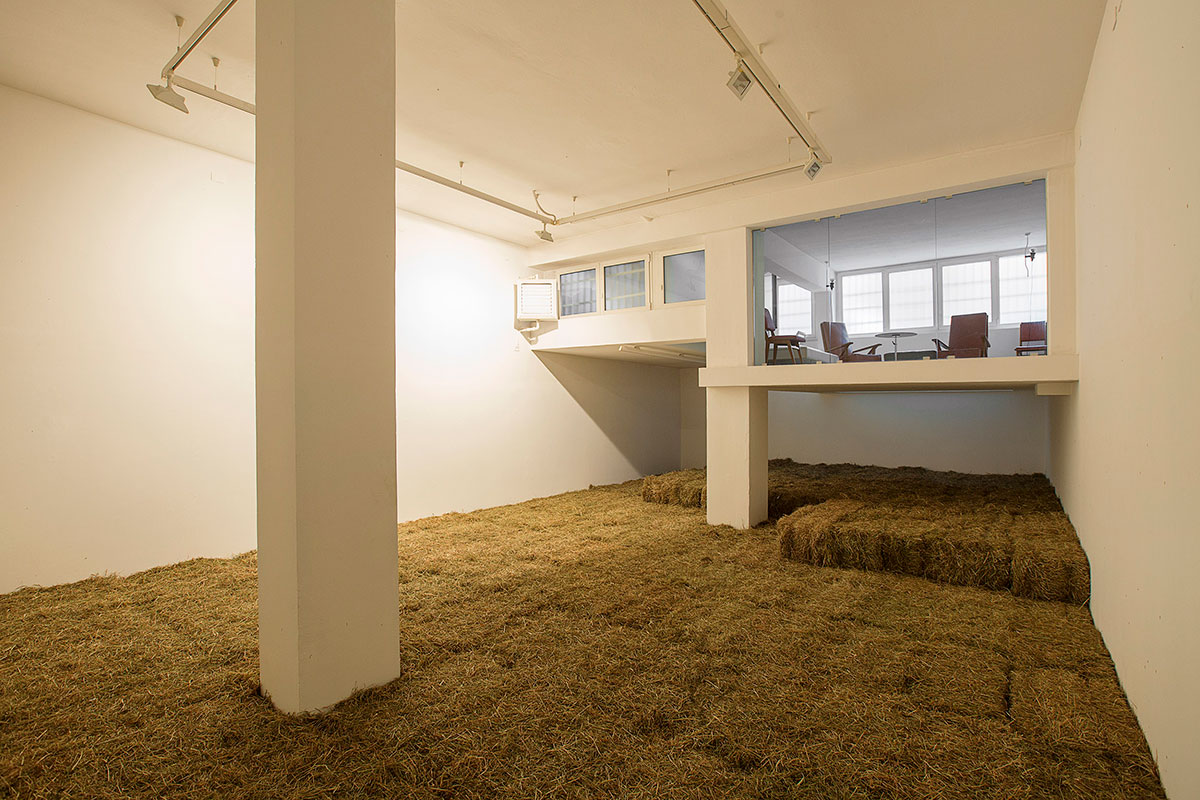PRESENTATION: Helen Mirra-Du Vent Au Vent
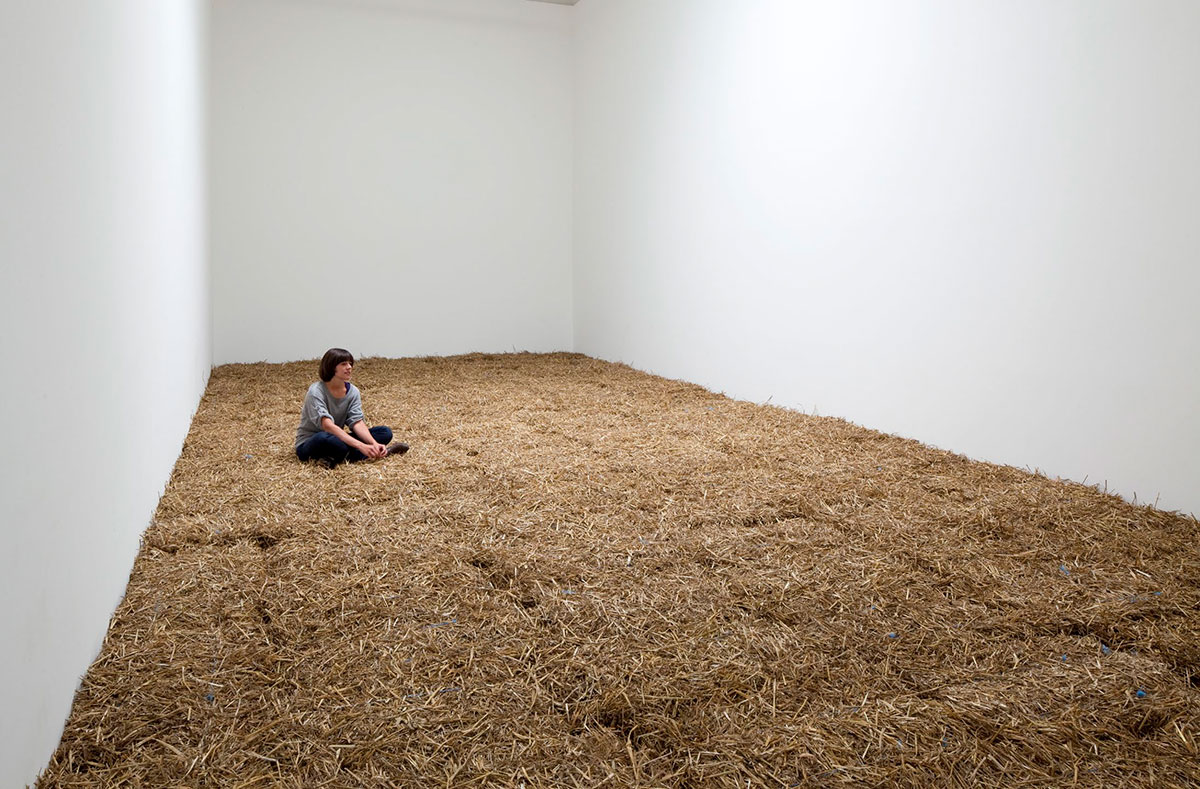 Since the mid-1990s, Helen Mirra has built up a body of poetic works that combine elements related to landscape, mathematics and language. Running through them is a strong vein of oriental philosophy as well as the influence of writers, particularly Americans such as Henry David Thoreau or the philosopher John Dewey best known for advocating experience-led education.
Since the mid-1990s, Helen Mirra has built up a body of poetic works that combine elements related to landscape, mathematics and language. Running through them is a strong vein of oriental philosophy as well as the influence of writers, particularly Americans such as Henry David Thoreau or the philosopher John Dewey best known for advocating experience-led education.
By Efi Michalarou
Photo: Rochechouart Museum Archive
Helen Mirra’s work is, among many things, an invitation to reflect on the actions we perform every day, on the significance of our decisions and the consequences they have on ourselves and our environment. Helen Mirra’s pieces are formally minimal and made with natural materials, such as wool blankets, raw linen, hand-dyed cotton banding. In a practice dictated by the action of walking, an essential component and ever underlining to Mirra’s practice, she has produced weavings, prints, writings, sound recordings. Aware of practices of artists such as Anni Albers, André Cadere, John Cage, Douglas Huebler, and Ree Morton, Mirra has evolved her specific and personal attitude, which travels on the edge where logic and geology meet time. Helen Mirra has selected thirty works for her exhibition “Du Vent Au Vent”, spanning a period from beginnings in the mid-1980s to the present day. They are specifically displayed in non-chronological order, emphasising especially her walks which she defines as an activity that is both humble and free. The exhibition title “Du Vent Au Vent”, (From wind to wind) conveys poetic notions of impermanence and fleeting time. It also refers to the importance Helen Mirra attributes to her creative process of incorporation. She states that it is not about just “being in the wind but also about being the wind”. The word “vent” (wind) in the exhibition’s title evokes वात “Vāṭa” in Sanskrit, which means the airy life force or wind “that makes things move”.Helen Mirra records landscape with a certain aesthetic preference for fragments but her intention is not to map out reality. The works invite reflection on the actions we carry out everyday, on the meanings of our acts and on their consequences for ourselves and our environment. Each of these works of the “Hourly Field Notes” series is made with brief texts written through the course of a single day’s walking, and each hour is represented by a one meter length of 16mm wide cotton – a slice of the landscape, a partial horizon, a short silent-silent film. The “Hourly Directional Field Notations” realised in Arizona in 2012 are made over the course of a walking day as a sort of paced printmaking. The activities are interdependent: the walking structures the printing, and the printing impels the walking. The prints were made with watercolor on raw linen and the size is that of a drop cloth or ground cloth, which when folded, fits in Mirra’s backpack. The prints are direct impressions of paradigmatic materials found en route: neither photographic nor descriptive, their geographic location indeterminate, they are nonetheless an insistent sort of fact. Both series of works develop from Mirra’s present practice: a cycle of exhibitions in which walking in one region results in a body of work for exhibition and subsequent walking in another.
Photo: Helen Mirra, Straw fold, 2011-2021, exhibition view at the Bonner Kunstverein in 2011, Courtesy the artist, Photo: Simon Vogel
Info: Musée d’art contemporain de la Haute-Vienne, Château de Rochechouart, Place du Château, Rochechouart, France, Duration: 25/2-18/9/2022, Days & Hours: Wed-Mon 10:00-18:00, www.musee-rochechouart.com

